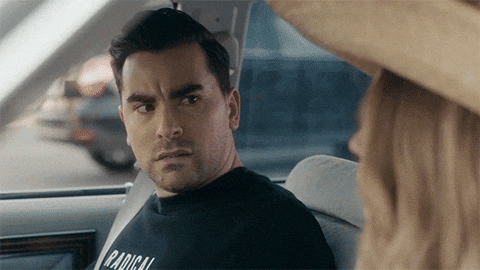Stop Writing Bland Cover Letters (We’ll Show You How)
Cover letters aren’t always required for a job application anymore—but when they are, they tend to be one of the most stressful parts of the process.
How do you know what to talk about? How humble should your brags be? How can you convince the person reading it to give you a chance?
That’s a lot of pressure!
The good news is that a cover letter can be a great opportunity to give yourself an edge in the application process. Not by being the most perfect applicant or writer in the history of the known universe, but by being your actual self.
Cover letters aren’t always required for a job application anymore—but when they are, they tend to be one of the most stressful parts of the process.
How do you know what to talk about? How humble should your brags be? How can you convince the person reading it to give you a chance?
That’s a lot of pressure!
The good news is that a cover letter can be a great opportunity to give yourself an edge in the application process. Not by being the most perfect applicant or writer in the history of the known universe, but by being your actual self.
What a Cover Letter Needs
Cover letters have three main components.
Introduction: Hello, here’s who I am and the job I’m applying for.
Body: Here’s more about my experience and why I’m an incredible fit for this particular job and/or company.
Conclusion: I look forward to hearing from you to discuss the position.
A cover letter is an ideal place for you to expand on the work you’ve done, especially if you want to speak more in-depth about a favorite project or particular connection between your prior experience and something they’re looking for in the position you’re applying for.
The resume is for quick skimming, but the cover letter is a place where you can provide a narrative that includes more personality.
Pro tip: Don’t just repeat the same information that’s on your resume.
Adding Some Pizzazz
There is absolutely no rule that your cover letter can’t have humor, passion, or a little of the ol’ razzle dazzle. In fact, connecting with a job posting because it aligns with something you are already passionate about is already a point in your favor!
You have to let them see that passion, though. Don’t hide it!
A sentence like “Ever since I was a kid, I loved dogs,” is not going to set you apart.
But what about this one? “My parents let me pick out our first family dog at the county shelter when I was six years old, and Spot and I were instant best friends.”
This would be a great way to start off a cover letter for a job that relates to dogs, whether that’s customer service for Chewy, a volunteer manager position for the local rescue, or a nonprofit that connects incarcerated folks with shelter dogs.
At the end of the day, you are a human person writing a cover letter to another human person. They’re not just hiring you to do a job. They’re hiring you to join a team, to be a coworker, to come to company picnics, to sign Joanne’s birthday card.
The part of you that makes you an interesting person is just as compelling as your work history. Probably even more so!
Play with Formatting
Stand out from the crowd by making your cover letter look different from everyone else’s.
Another way to add a little sparkle to your cover letter is to format it in an eye-catching way. For a marketing role, I arranged my cover letter like an email newsletter because email marketing was a relevant part of the role. The manager who hired me was enamored with the creative approach.
In a stack of “To Whom It May Concern” form letters, be a fake email.
You've Got Nothing to Lose
When used properly, the cover letter is one of the best ways to get a leg up over other applicants who are following the boring, beige, bland template approach.
Have the audacity to be more interesting than that, I beg you.
Consider this: If you’re already sending out form-letter templates with your applications and not hearing back to book an interview, what’s the harm in trying a more personal approach?


